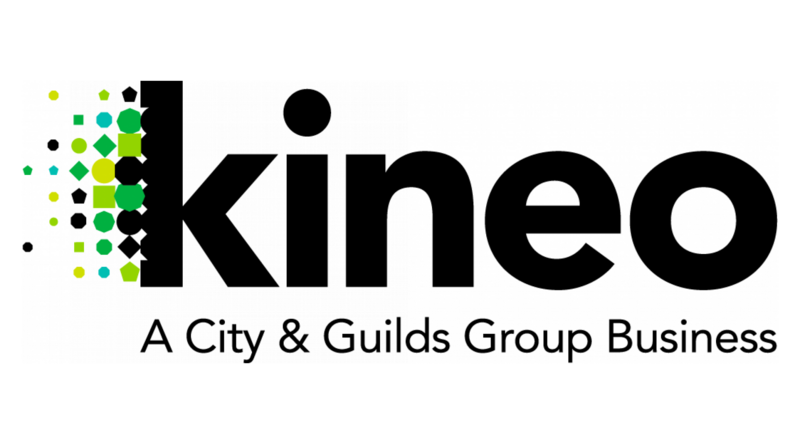ATD Blog
How to Get Your Organization to Love Your LMS
Fri May 08 2020

Technavio projects 24 percent compound annual growth rate (CAGR) for the learning management stsyem market through 2020. However, most organizations aren’t happy with the LMSs they have. According to a 2016 Brandon Hall survey, almost half of organizations are considering replacing their current solution. So, what’s the problem?
While our intuition is to think about leadership and end users as our top priority, there is a group that’s much more influential on the success or failure of an LMS: content creators and facilitators. Some of them are using it on an almost daily basis, and if they aren’t happy, they let you know it. They are often frustrated with limitations, asking for support, or even calling for a new LMS. Your ability to engage and support this audience effectively is critical to the perception of your LMS. Here are some concrete steps you can take to win them over.
1. Understand Who They Are
You need to get to know this group and gain a deep understanding of their needs, attitudes, and constraints. But there are potentially a lot of them, so it's helpful to segment by function or organization—for example, a group made up of content creators in leadership and development or facilitators in field training. There’s no wrong way, but it’s an important step to make them more manageable. Once you have a group you can handle, go out and meet with them. You may want to start with a small number to leave room to experiment and refine your processes.
2. Postulate an Engagement Model
Once you identify groups, you need a way to support each one. We’ve developed a simple framework to inform your best options. This is based on the predictability and consistency of needs (routine and nonroutine) as well as frequency.
While there will always be exceptions, plotting these groups in the 2x2 provides a roadmap for how to allocate resources and the level of support you should provide. Each quadrant indicates a different approach:
Consult: These needs may be infrequent, but they are nonroutine (one-off projects with a team available to provide high-touch guidance).
Manage: High-volume, complex users that should have dedicated resources to make the best use of technology.
Administer: Infrequent, straight-forward needs handled by an administrator with minimal bandwidth.
Enable: High-volume, consistent needs to be trained heavily upfront with appropriate permissions and regular check ins.
3. Define Your Service Model
In addition to deciding a level of support, you need to articulate an approach. Start by defining the services you plan to offer the organization then map those to each group. Think of this as a service level agreement with each of these stakeholders to align expectations. Below is a partial list of the kinds of support you may want to consider:
Blended/Learning Design Support: Consider offering support during the solution design process so your users get the most out of the LMS features. If you can’t provide support for design, make sure this is part of your training resources.
LMS Administration: This can include adding users, creating audiences, building courses, and more. Be explicit about what you expect the admin stakeholder to take on then train them.
Training: Expect training and occasional onboarding of new stakeholders. Consider putting high-use training in e-learning and don’t forget about job aids.
Pilot Testing: Facilitate opportunities for feedback by organizing pilot programs.
Help Desk: Larger organizations may consider setting up on-demand support.
Office Hours: Make help available on a regular cadence or schedule sessions with a focused topic and Q&A.
For many organizations, their LMS is a rallying point for discontent. If this is the challenge you face, don’t try to solve every problem. Instead, focus on a manageable set of key stakeholders and turn them into your strongest advocates. This “change from the middle” approach can deliver an LMS your company loves.

